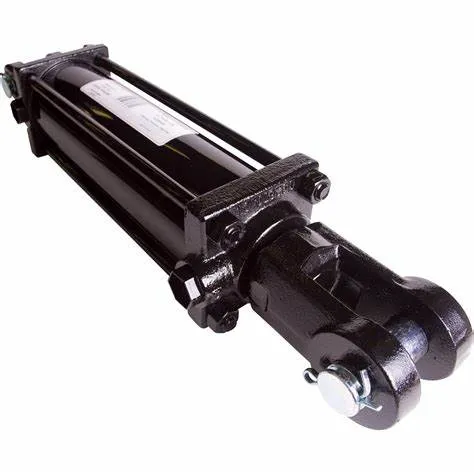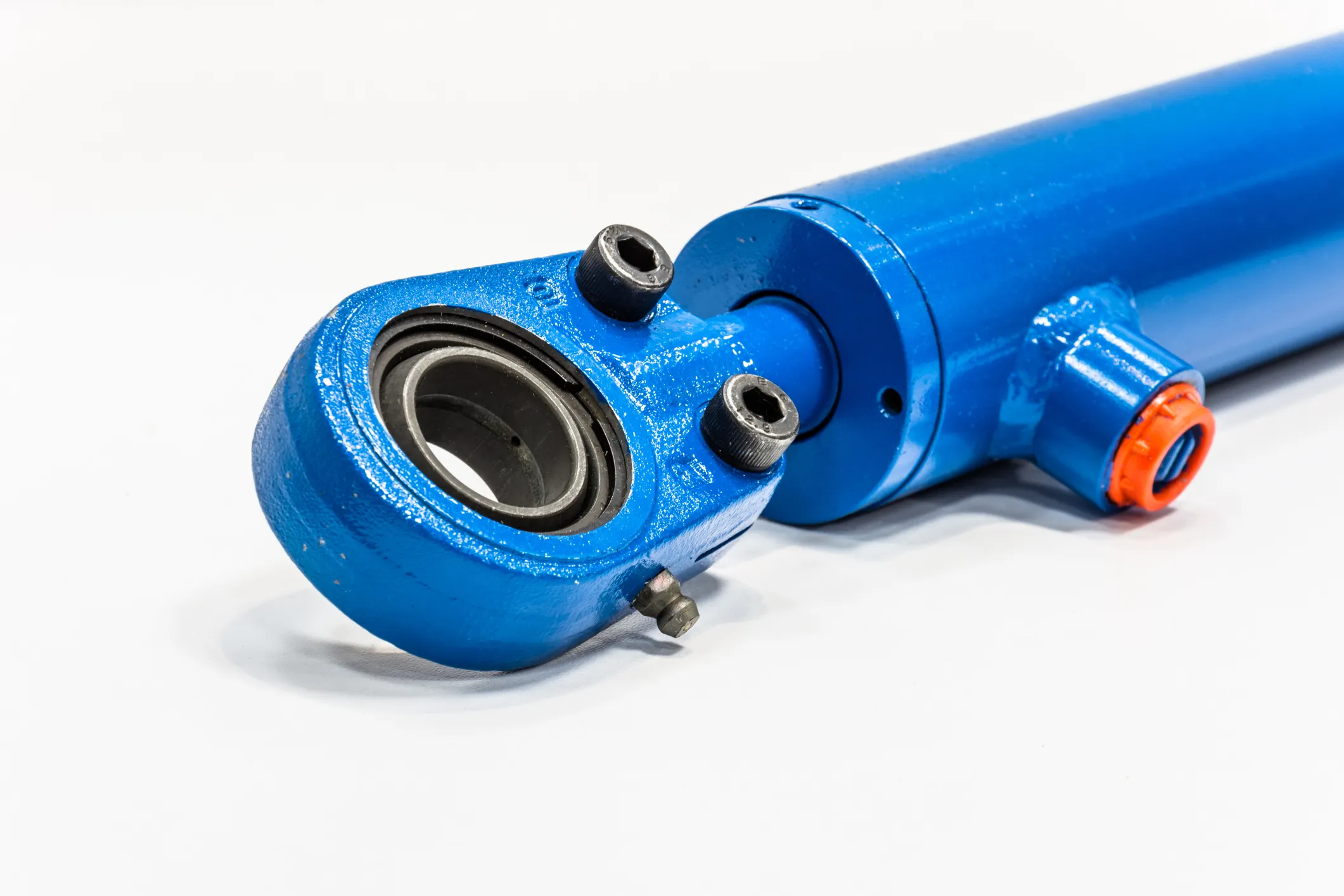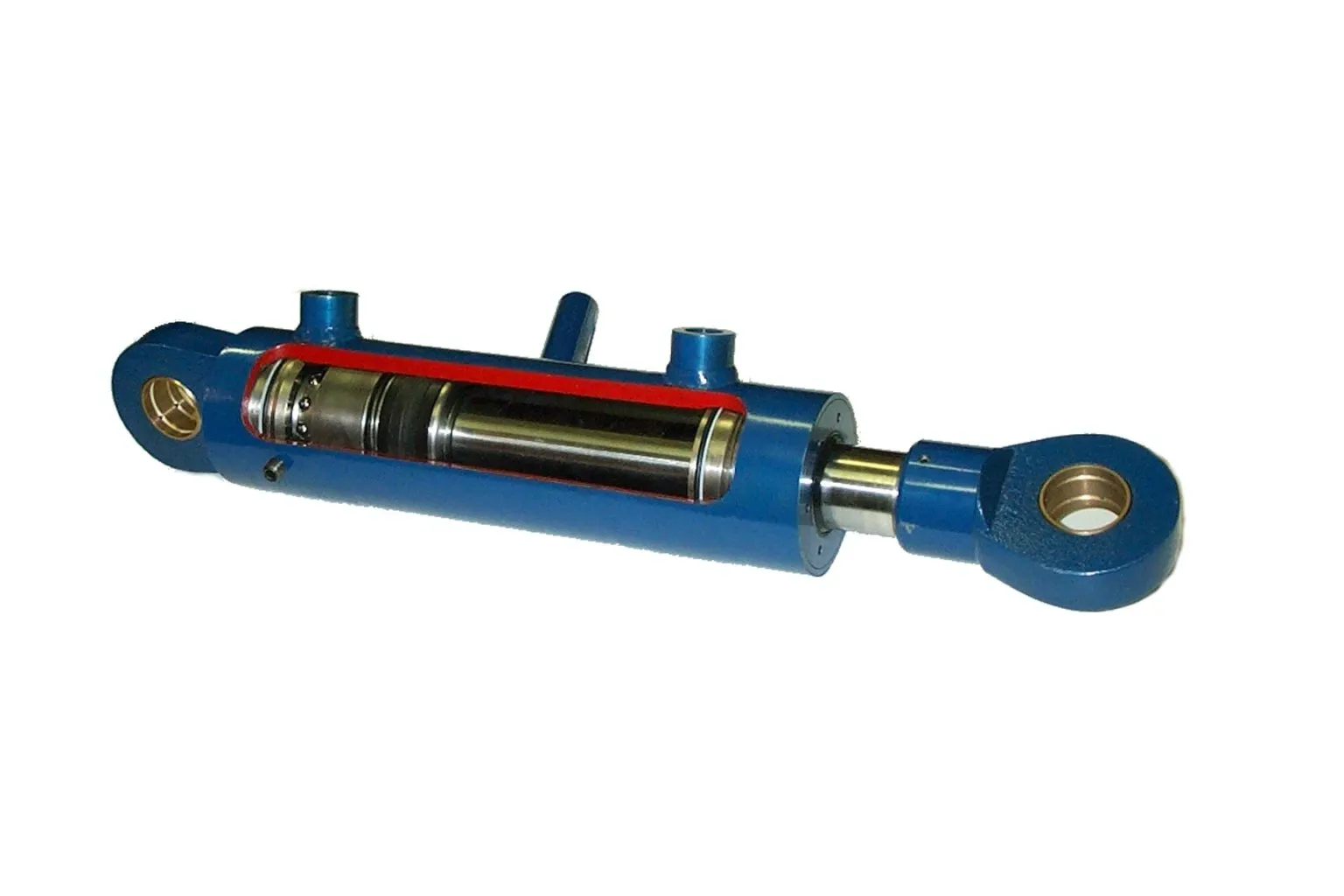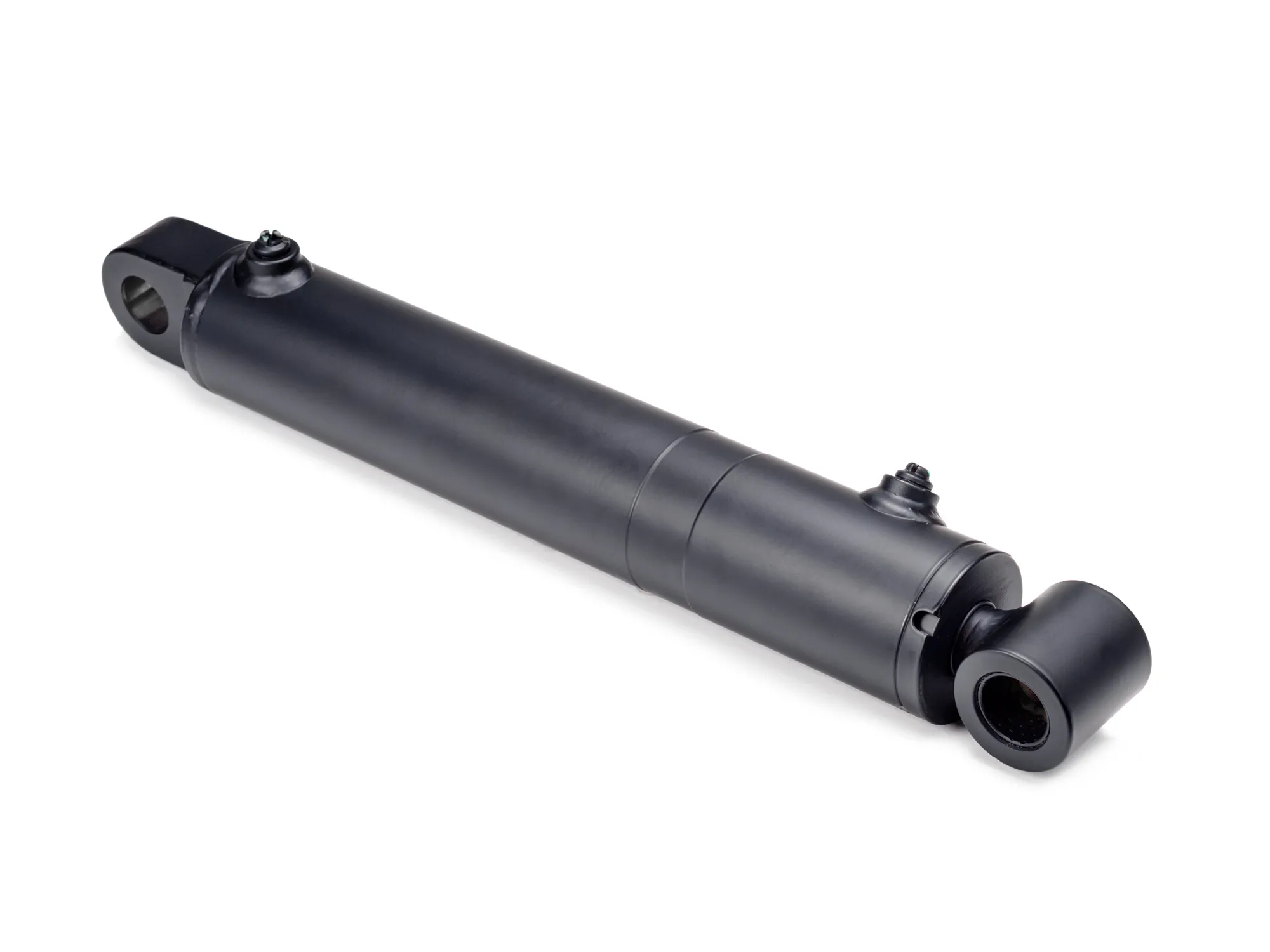Double Rod Single Acting Hydraulic Cylinder Testing Standards: A Comprehensive Guide
Introduction to Double Rod Single Acting Hydraulic Cylinders
Double rod single acting hydraulic cylinders are essential components in various industrial applications, providing linear force with a unique design that allows for equal movement in both directions. Unlike traditional hydraulic cylinders, which only have a single rod extending from one end, double rod cylinders have rods extending from both ends of the cylinder. This design helps maintain balance and reduces the risk of bending moments during operation, making them ideal for applications requiring precise positioning.
Understanding the testing standards for these cylinders is crucial for ensuring their performance, safety, and reliability in various applications. This article will delve into the key testing standards, methodologies, and best practices for double rod single acting hydraulic cylinders.
Importance of Testing Standards
Testing standards serve multiple purposes in the manufacturing and usage of hydraulic cylinders. Here are a few key reasons why these standards are vital:
- Safety: Ensuring that hydraulic cylinders can withstand the pressures and forces they will encounter during operation is paramount for workplace safety.
- Performance: Testing helps verify that the cylinders perform as expected under different conditions, ensuring they meet operational requirements.
- Durability: Regular testing can identify potential weaknesses in the design or materials used, helping to improve the longevity of the cylinders.
- Compliance: Adhering to industry standards ensures that manufacturers meet legal and regulatory requirements, which can vary by region.
Key Testing Standards for Hydraulic Cylinders
Several international standards govern the testing of hydraulic cylinders, including ISO, ANSI, and ASME. Below are the primary standards relevant to double rod single acting hydraulic cylinders.
1. ISO 6020-1: Hydraulic Cylinders – Part 1: Dimensions
This standard outlines the dimensional specifications for hydraulic cylinders, including the necessary tolerances and characteristics. It ensures that the cylinders are manufactured to fit existing machinery and systems.
2. ISO 10100: Hydraulic Cylinder Testing
ISO 10100 provides guidelines for testing hydraulic cylinders, including pressure tests, endurance tests, and performance tests. This standard helps manufacturers ensure that their cylinders can operate safely and effectively under specified conditions.

3. ANSI/AHRI Standard 660
This American National Standards Institute (ANSI) standard outlines requirements for testing hydraulic cylinders used in various applications. It includes specifications for performance testing and efficiency ratings.
4. ASME B30.1: Below-the-Hook Lifting Devices
ASME B30.1 covers safety standards for lifting devices, which includes hydraulic cylinders used in lifting applications. It provides guidelines for testing load capacity and structural integrity.
5. SAE J2626: Hydraulic Cylinder Performance Testing
The Society of Automotive Engineers (SAE) has established performance testing standards for hydraulic cylinders, including double rod configurations. This standard focuses on evaluating performance under dynamic and static conditions.

Testing Methodologies
When testing double rod single acting hydraulic cylinders, various methodologies are employed to ensure comprehensive evaluation. Here are some of the most common testing methods:
1. Pressure Testing

Pressure testing is a critical part of ensuring that hydraulic cylinders can withstand operational pressures without leaking or failing. This process involves filling the cylinder with a fluid and subjecting it to pressures beyond its rated capacity. The cylinder is monitored for leaks, deformation, or failure during this test.
2. Endurance Testing
Endurance testing involves subjecting the hydraulic cylinder to repeated cycles of extension and retraction over an extended period. This test evaluates the durability and fatigue resistance of the cylinder’s materials and design. The number of cycles can vary depending on industry standards and expected operational use.
3. Load Testing
Load testing assesses the cylinder’s ability to lift and support specified loads. During this test, the cylinder is subjected to weights that simulate operational conditions. The cylinder’s performance is evaluated based on its ability to maintain stability and safety under load.
4. Performance Testing

Performance testing evaluates the efficiency and response time of the hydraulic cylinder. This includes measuring the speed at which the cylinder extends and retracts under various load conditions. Performance testing helps identify any inefficiencies that may need addressing to improve overall operation.
5. Visual Inspection
Before and after conducting formal tests, a thorough visual inspection of the hydraulic cylinder is essential. This process involves checking for any visible defects, such as cracks, corrosion, or misalignment. Regular inspections help identify issues before they lead to failure.
Best Practices for Testing Double Rod Single Acting Hydraulic Cylinders
To ensure accurate testing results, manufacturers and operators should adhere to best practices during the testing process. Here are some recommended practices:
1. Follow Manufacturer Guidelines
Always adhere to the manufacturer’s specifications for testing procedures, pressure limits, and load capacities. This ensures compliance with best practices and minimizes the risk of testing errors.
2. Use Calibrated Equipment
Ensure that all testing equipment, including pressure gauges and load cells, is calibrated according to industry standards. Accurate measurements are critical for reliable testing results.
3. Document Testing Procedures
Maintain detailed records of all testing procedures, results, and any observations made during the tests. This documentation is vital for compliance, quality assurance, and troubleshooting.
4. Employ Trained Personnel
Ensure that only trained and qualified personnel conduct hydraulic cylinder tests. Proper training helps prevent accidents and ensures that testing is performed consistently and accurately.
5. Conduct Regular Maintenance
Regular maintenance of hydraulic cylinders is essential to prolong their lifespan and maintain safety. Implement a routine maintenance schedule that includes inspections, fluid replacement, and repairs as needed.
Conclusion
Testing double rod single acting hydraulic cylinders is a critical process that ensures their performance, safety, and durability. Adhering to established testing standards and employing best practices can significantly enhance the reliability of these cylinders in various applications. By understanding the importance of these tests and following proper methodologies, manufacturers can ensure that their hydraulic cylinders meet industry demands and operate efficiently.
For those looking to enhance their operations with high-quality hydraulic cylinders, consider exploring the offerings from EVER-POWER. With a commitment to quality and performance, EVER-POWER provides a range of hydraulic solutions designed to meet your specific needs. Whether you require standard models or customized solutions, EVER-POWER has the expertise and products to support your hydraulic applications effectively.
